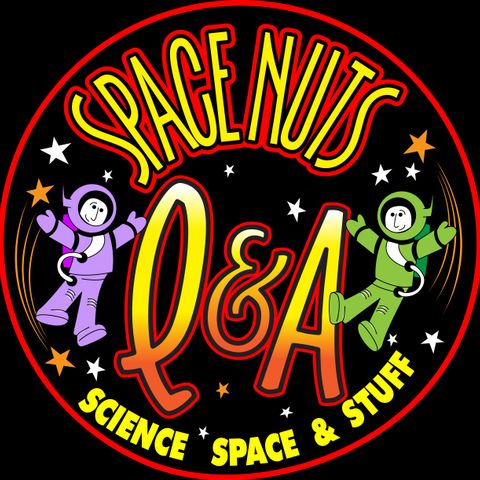#408: Supernovae Secrets & 3D-Printed Telescopes

Descarga y escucha en cualquier lugar
Descarga tus episodios favoritos y disfrútalos, ¡dondequiera que estés! Regístrate o inicia sesión ahora para acceder a la escucha sin conexión.
#408: Supernovae Secrets & 3D-Printed Telescopes
Esta transcripción es generada automáticamente. Ten en cuenta que no se garantiza una precisión absoluta.
Capítulos
Descripción
In this episode of Space Nuts Q&A, Andrew and Fred answer questions about supernovae, 3D printed telescopes, the Voyager space probe missions, and the possibility of using particle collision in...
mostra másInformación
| Autor | bitesz.com |
| Organización | bitesz.com |
| Página web | www.bitesz.com |
| Etiquetas |
Copyright 2024 - Spreaker Inc. an iHeartMedia Company


Comentarios